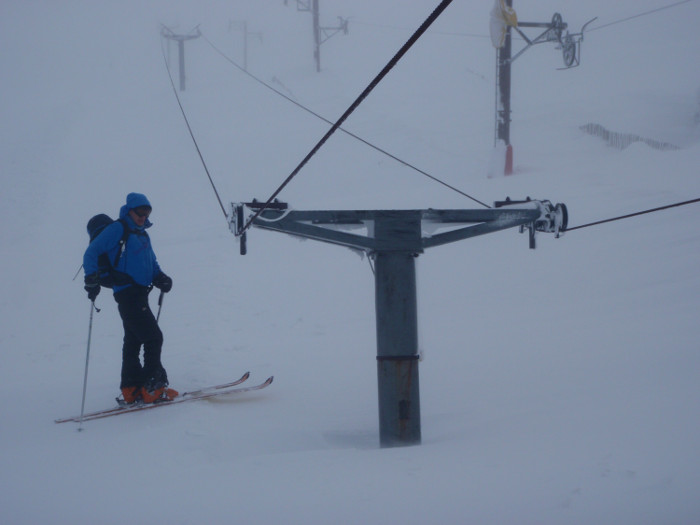Massive quantities of snow in the Scottish mountains this winter have prompted mountain safety experts to warn both mountaineers and skiers of the danger of 'terrain traps'.
Many hill-goers will not even know the term but there is increasing emphasis on educating mountaineers about how these geographical features can increase the danger from avalanches and the level of damage they cause.
This winter has been marked by high winds and a continuous roller coaster of low pressures marching in off the Atlantic, bringing with them high winds and heavy rain. High up however, it has been a different story. Above 600m the rain which has been making everyone’s lives a misery has been falling as snow.
Heather Morning, Mountain Safety Adviser with the Mountaineering Council of Scotland (MCofS), said: “If you are lucky enough to see the tops of the mountains on one of those unusual days when the tops are clear, there is an unprecedented amount of snow. Ski tows are literally buried!”
She added: “These conditions can give some superb days on the hill, and the MCofS encourages folk to enjoy this winter wonderland.
“But everyone must take heed of the potential for avalanche risk. Anyone heading out into the hills, whether to climb, walk or ski, should take a close look at the weather forecast and avalanche reports in order to plan a suitable route.
She warned of the particular risk of ‘terrain traps’ when there is such a high volume of snow on the mountains.
A terrain trap is a geographical feature where avalanched snow will accumulate because it has nowhere else to run. It may be a depression or flattening in the hillside, such as a gully, corrie basin or even an abrupt change in slope angle which would allow avalanche debris to accumulate rather than carry on down the mountainside.
“An obvious example is Coire na Tulaich on Buachaille Etive Mor where, sadly, there is a history of people being buried in avalanche debris,” said Heather.
Heather also advises on how to avoid these terrain traps. “The key is good route choice. Plan ahead before you leave the comfort of your living room and study the terrain on the map for your intended route.
“Always be flexible and have alternative plans. Stay high – choose ridge lines and broad shoulders. In times of high avalanche risk avoid gullies, abrupt slope transitions and corrie basins – and remember: it might not be you that triggers the avalanche, you could just be in the firing line.”

